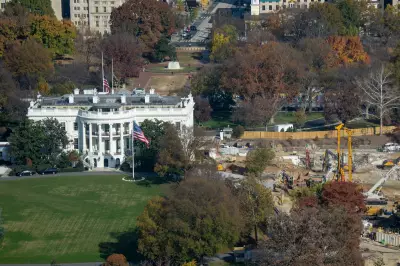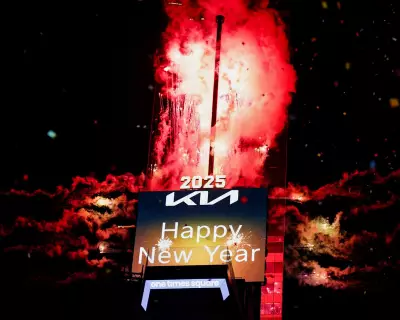
The longstanding border dispute between Cambodia and Thailand, centred around the ancient Preah Vihear temple, remains a contentious issue rooted in colonial-era agreements and unresolved territorial claims.
A Temple Divided
The 11th-century Preah Vihear temple, a UNESCO World Heritage Site, sits atop a cliff along the Cambodian-Thai border. While the International Court of Justice awarded sovereignty to Cambodia in 1962, the surrounding area remains disputed, leading to periodic military clashes.
Colonial Legacy
The conflict traces back to 1907 when French colonial surveyors drew the border between Cambodia (then a French protectorate) and Siam (modern Thailand). The ambiguous demarcation left room for interpretation, particularly around the temple complex.
Modern Tensions
In 2008, Cambodia's successful UNESCO bid for Preah Vihear reignited tensions, resulting in:
- Multiple military standoffs between 2008-2011
- Casualties on both sides
- Temporary displacement of border communities
- Economic impacts on cross-border trade
Recent Developments
While relations have improved in recent years, with both countries pledging to resolve the dispute through dialogue, nationalist sentiments on either side continue to complicate resolution efforts. The area remains heavily militarised, with occasional flare-ups testing bilateral relations.
The Preah Vihear dispute exemplifies how colonial-era decisions continue to shape modern geopolitics in Southeast Asia, serving as a cautionary tale about the long-term consequences of imprecise border demarcations.





